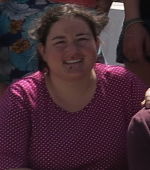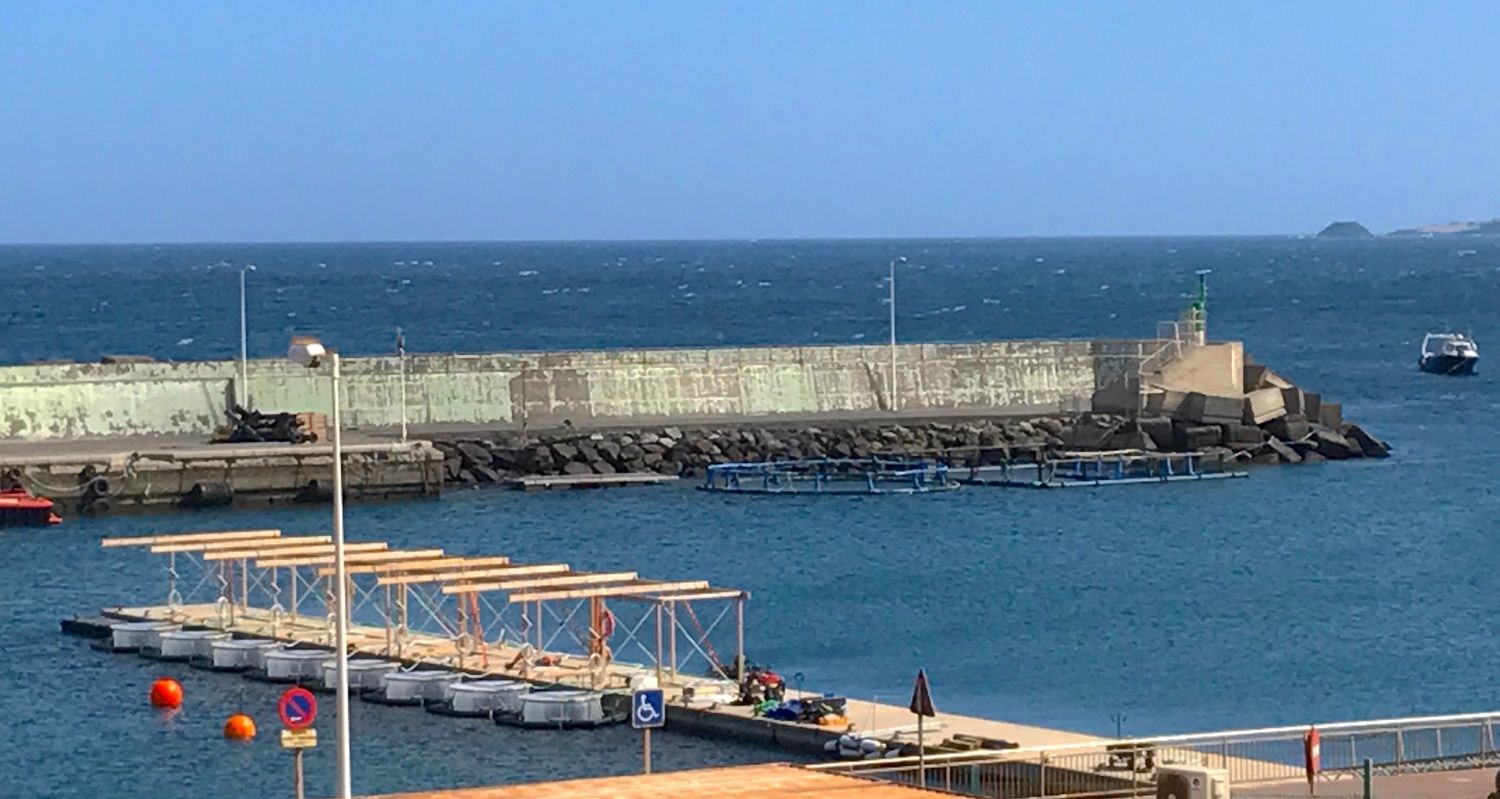Ready. Set. Go! Oh no!

My excitement for this field expedition to Gran Canaria is big. Positive excitement of course. But also a lot of respect. Field expeditions are always intense. I have done a couple of these in Elizabeth Bay and the central coast of Namibia, however, these lasted for maximum 10 days and this time we are speaking of approximately 6 weeks. And as it always is, experiments don’t know weekends, public holidays or day off. I am not complaining, I wouldn’t want it any different. These field expeditions are a special time, diving deeply into the practical side of the study within a fantastic working group thrilled about science. For us students this is also a fantastic opportunity to learn from the wide range of expertise of the experienced scientists on board for this trip and aquire some new skills, with enough time to develop a routine and gain confidence.
As you could probably figure I was very eager to start the practical work. The original plan (plan A) was to start today, on Wednesday 04 September. But experiments always have a dynamic and mind of their own. 2 days ago the news came in that we need to adjust the time plan. The boat - that was supposed to go out and pump deep water from 350m depth to be collected then - has serious engine problems that will take 2 weeks to be fixed. So we need to delay the start of the experiment marked with the filling of the mesocosms. There is the saying that if plan A doesn’t work, the alphabet has 25 more letters. Hopefully we won’t need that many, but for now we are at Plan B. Plan B is to get another boat (one that has the much needed winge) and start filling the mesocosms asap.
What we are going through at the moment is neither extraordinary nor rare. It is nothing surprising either. Adjusting, re-adjusting, re-plan, re-schedule and adapt are a given component of all research work. This requires flexibility and keeping a cool head. So for the time being we need to hang in there. We are using the spare time to get aquainted to the parameter we are responsible for, the instruments coming with that and the protocol. This morning I was introduced to Mrs AIRICA, our machine to measure the dissolved inorganic carbon (DIC) concentration. As I learned today she can be a real diva. Tantrums included. However, in the end all worked out. Time left is spent by digging into the theory component of it all. It never gets boring. If you are interested how many plans we will have to make, travel with us via the blog in this exciting time. We will most definitely keep you posted! It will be a 3000m hurdle run - just like in the olympic games - yet, a thrilling one and completely worth it. I will be back later during the run of the experiment, sharing with you the beauty of carbonate chemistry.
